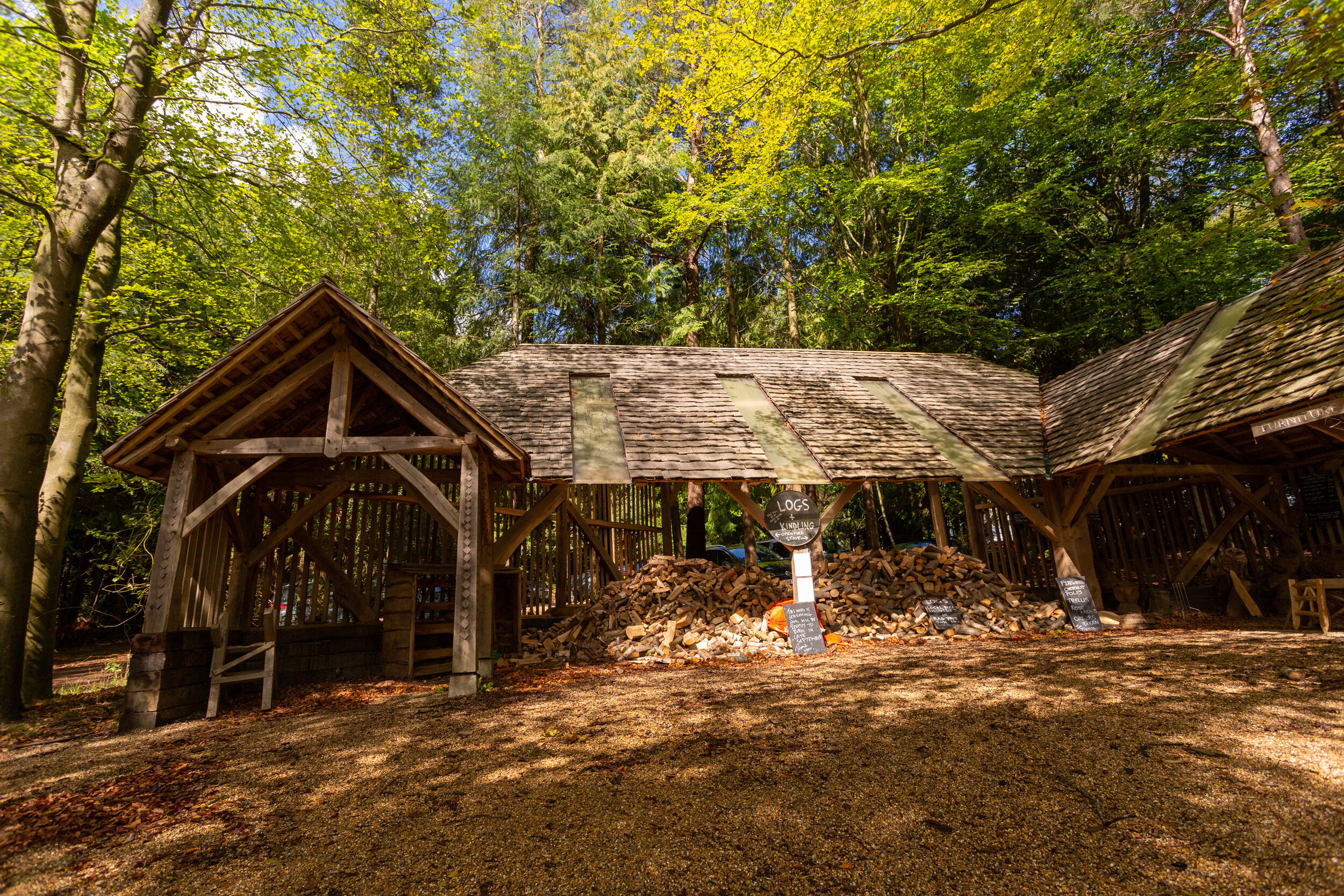Firewood and Charcoal
For bulk delivery of firewood in the local area, please contact Andrew Coates: acoateswps.co.uk / 07783 528881
Bagged firewood (£10/bag) sourced from Wilderness Wood will be available to buy from the Woodhouse when we have a surplus to what we use on site for the home-team and cabin dwellers.
From September to March, we hope to have enough bagged wood for our visitors, but we suggest you don’t make a special trip if you are not coming for another reason too.
Charcoal
We make our own charcoal on-site, primarily from chestnut building off-cuts and wood too small for our stoves. Bags are for sale at £10 each for most of the year - perfect for summer BBQs and any outdoor cooking. No nasty chemicals, little dust, zero air miles.
We also run regular courses, so you can see how the whole charcoal making process works. If you can’t see a date on our What’s On page, please contact us and we will try and find a date that works! Jake is the main man for charcoal, email him via: kateandjake@wildernesswood.org
The firewood story:
From Autumn 2023, we are selling only firewood sourced from Wilderness Wood itself, instead of sourcing from other local woodlands. We are also giving the trees here a break from intense coppicing* for a couple of years, so that the trees can put on some more growth before coming back into rotation.
We are still able to create firewood from sustainable thinning of trees within coups, without clearing a whole area. Most of this wood is needed for the home fires here at Wilderness Wood, which provide all the heating and hot water, and much of the cooking for the people who live and stay on site. Some months we use more, some months we use less, but we cannot afford to run out! Therefore, we can only sell bags of logs to the general public when there is a surplus.
The wood needs to season for at least a year to be dry enough to burn, so it is not as simple as cutting some more if we run low. And we have decided not to bring in wood from offsite as, if not thoroughly checked it can spread disease and fungus, which can damage trees.
*coppicing is a sustainable method of forestry management, where trees are cut every 15 to 20 years and then grow back from the stump. We usually coppice one or two acres of sweet chestnut each year on a 15 year rotation. The coppiced area then has a boost in biodiversity, because more light can get to the forest floor, which allows more flowers to grow.

